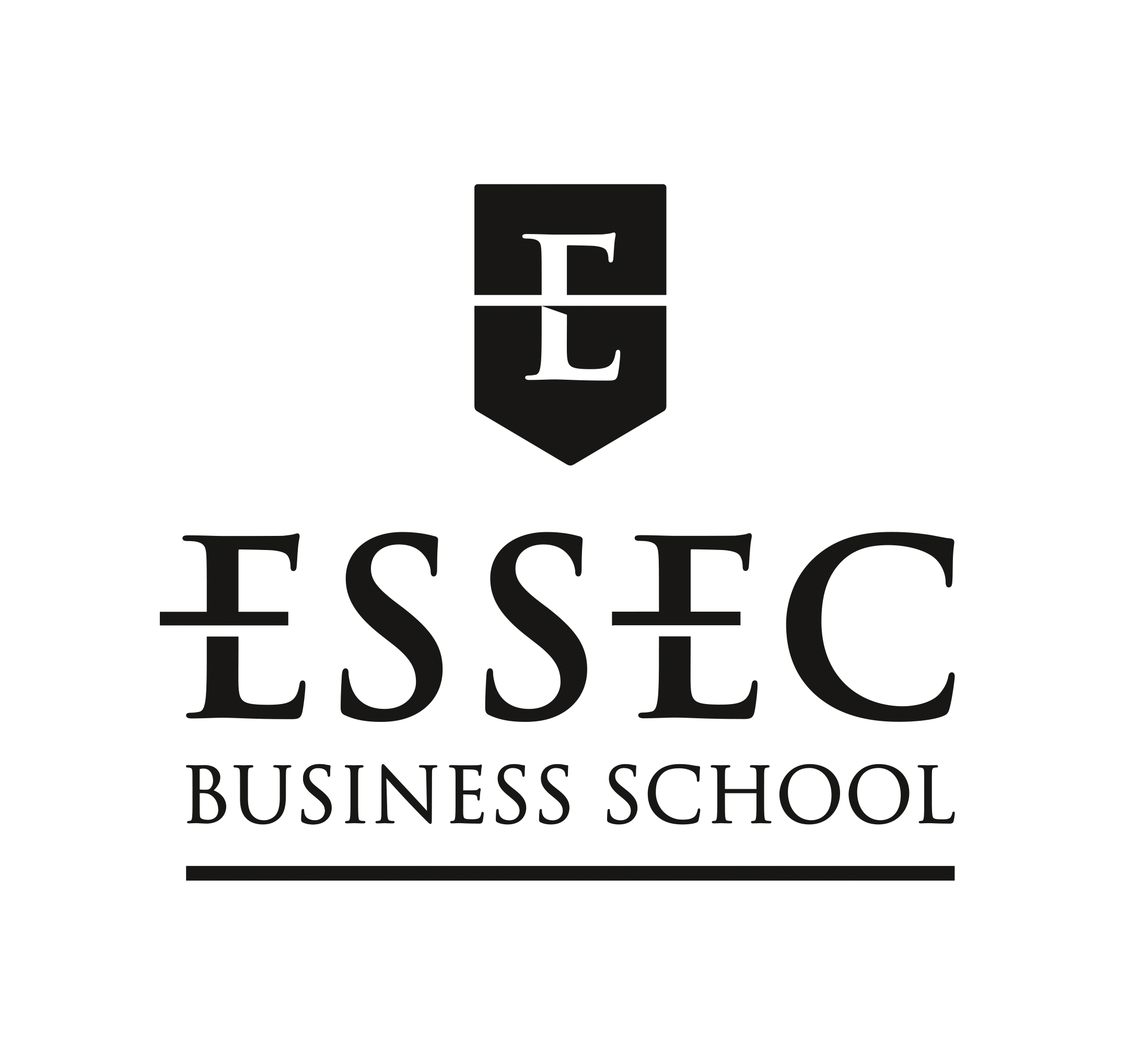The sense of community, campus life, and an overall coming-of-age experience have always made traditional classroom lessons the preferred method of learning, especially in comparison to Massive Open Online Courses (MOOCs) and their notoriously high drop-out rates.
Blended learning lies in the middle of the spectrum, and although schools have introduced varying degrees of e-learning in the past, the pandemic has caused widespread adoption of this approach across the globe. This has brought about an array of benefits—most significantly, being able to overcome the restrictions caused by COVID-19.
Flexibility to Learn at Your Own Pace
Overall, there is evidence that learning outcomes from a blended approach can be equivalent, if not better, than an in-person format. It is also probable that criticisms against remote learning tend to focus on younger children—and this may not hold for university-age or adult learners who have the drive, discipline, and focus to strive for their academic goals.
Instead, replacing the structured accountability of being in a classroom with flexibility, when in good hands, can be put to good use.
For example, at the ESSEC Asia-Pacific campus, students are divided into two groups to match the time zones across the globe. Lectures are conducted on campus, streamed online, and recorded for those unable to make the timings.
For many, like second-year Global Bachelor of Business Administration (GBBA) student Ajrin Choudhury, this means accessibility. The 21-year-old can continue her studies despite being home in Bangladesh and limited by COVID-19 travel restrictions and work during her most productive hours.
Third-year GBBA student, 20-year-old Chen Siyi, who is doing her exchange with the ESSEC France campus from her hometown in Guangdong, China, has also used this flexibility to gain work experience—she interns at global financial services giant Morgan Stanley during the day and attends classes at night.
Increased Retention of Information
Studies comparing online, blended, and in-person learning have also found that while the online section suffered from increased attrition, there was no difference between blended and in-person participants.
Quality of learning can improve because “in a face-to-face lecture, there are times you miss out on things the professor says. So a major benefit of online learning is the ability to refer back to the lectures when we have doubts,” Simran Hathiramani, from Kolkata, India shares.
The 21-year-old GBBA student has found that, if anything, her learning experience has been enhanced since classes were moved to the virtual realm.
Blended learning also frees lecturers for problem-solving and mentorship during class time.
For example, to foster class discussion, some lecturers in the ESSEC Asia-Pacific campus record their classes and share them with the students ahead of the lecture. This allows for more time for class discussion during the lecture.
Builds Relevant Digital and Soft Skills for the New Normal
A large number of companies, including but not limited to tech giants like Twitter and Square, have announced long-run plans to work from home, and internships with Google and EY have already been moved to the virtual medium.
This looks to continue next year as the president of Global Workplace Analytics, Kate Lister, estimates that 25 and 30 percent of the workforce will work from home multiple days a week by the end of 2021.
Yet, challenges abound, including but not limited to team communication becoming fragmented and struggling to remain visible to your boss. So the sooner you learn to manage teams and communicate effectively online, the better. And what better way to develop these soft skills than through blended learning at school?
RELATED POSTS
Work, Study, and Live in Singapore with the VIE Program
Explore international opportunities in Singapore through the International Corporate Volunteer program (VIE) for French and EEA citizens.
Seeing the World from the SMIB Program at ESSEC APAC
ESSEC Master in Strategy and Management of International Business Student Ambassadors Zhelin Yu and Soraya Saint-Marc on how the diversity at the…
Why Stay in Asia? Three Reasons Students are Drawn to the ESSEC MMD Program
Established master’s programs for marketing can be accessed all around the world. However, Asian students have found the ESSEC MSc Marketing…
MiF Students Navigate New Cultures and Flourish at ESSEC APAC
ESSEC Master in Finance Student Ambassadors Aamey Mehta and Marie Hotton shared how support at the Singapore campus helped them adjust to living…
How Diversity at ESSEC APAC Adds to the MMD Experience
Student Ambassadors Kanishka Shivaram and Mingyu Ma share how diversity at ESSEC Asia-Pacific has made adjusting to a new culture easier.
How is Learning Different at ESSEC APAC: According to SMIB Students
ESSEC Master in Strategy & Management of International Business students weigh the differences between a master’s program and their undergraduate…








